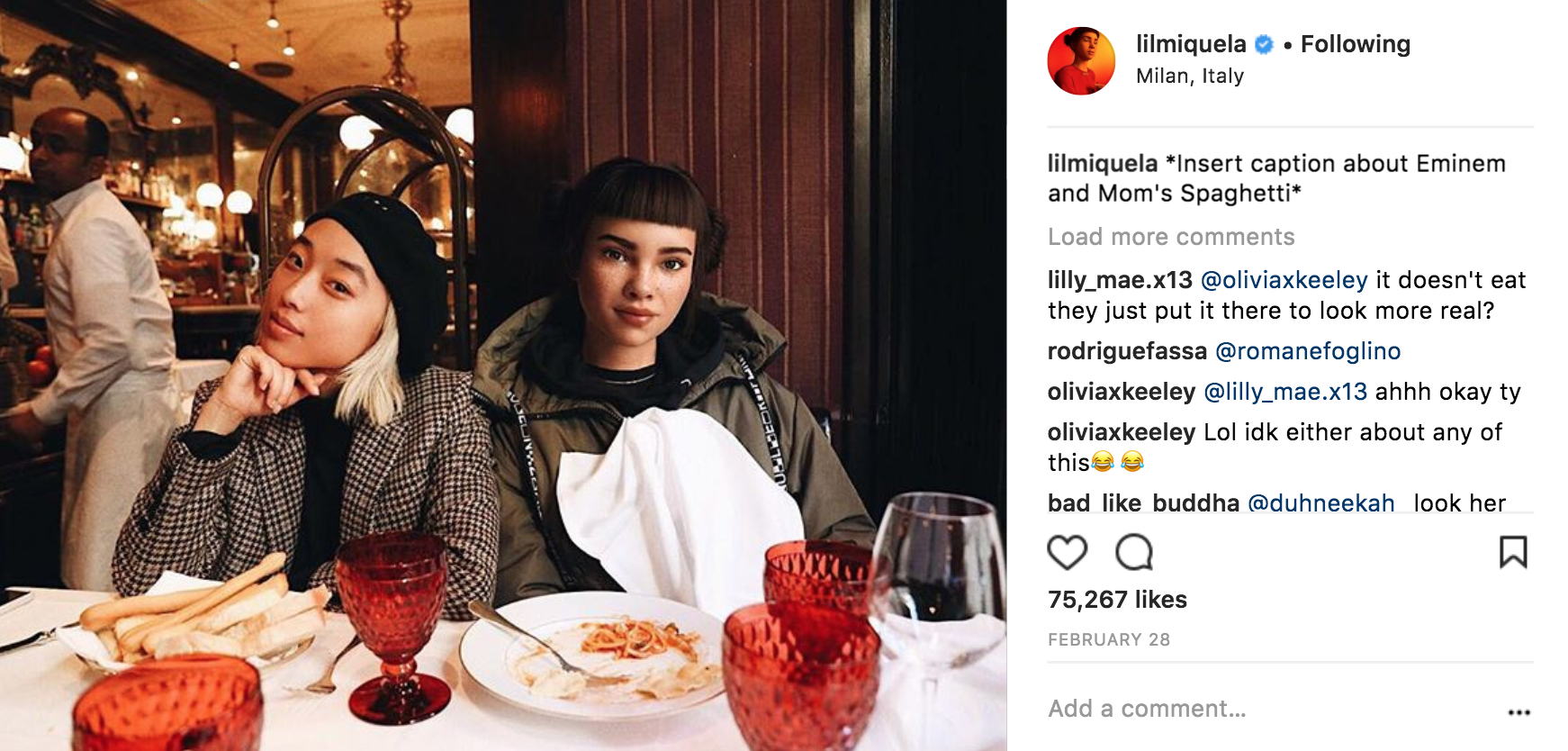Social Media Influencers and Hyperreality
“The media represents a world that is more real than the reality that we can experience. People lose the ability to distinguish between reality and fantasy. They also begin to engage with the fantasy without realising what it really is.” ― Jean Baudrillard, Simulacra and Simulation
Since the seismic shift from a passive Web 1.0 to an interactive Web 2.0, ambitious fashion bloggers have evolved into fully-fledged influencers, dictating trends with the same (or arguably higher) level of authority as their traditional print-media counterparts. The success of fashion blogs rose from their often aspirational lifestyles, authentic approach and diverse viewpoints opposed to an often standardised, predictable offering by mainstream media. However, the fashion blogger’s online following has since migrated to Instagram due to “simplicity and ease of use” and are consuming images at an increasingly rapid rate.
Defined as independent third party endorsers who shape audience attitudes through blogs, tweets, and the use of other social media, Social Media Influencers contribute in creating trends, sharing news and personal opinion, and spreading information through on and offline word-of-mouth. They have evolved into significant players in shaping the direction of marketing communications, and have the ability to reach millions around the world almost immediately dependent on their respective followings. Hence, implementing influencers “can be more cost effective and more targeted than other forms of advertising” justifying why in 2016 brands spent an approximate $1.5 billion on influencer marketing (Gagliese, 2016). Within the luxury fashion segment, 66% of brands plan to increase their budget for influencer marketing over the next year (The New Face of Luxury, 2017). Despite alterations to the Facebook privacy policy disrupting practices of SMI marketing, influencers are not going away. However, they and their means of influence are evolving, blurring the boundaries between reality and make-believe.
*Enter the rise of CGI Avatars*
One of today’s most popular Insta-famous fashion influencers is named Miquela Sousa, a Spanish-Brazilian American model, who is additionally a singer and activist. She is also computer-generated. Sousa currently boasts a following of over 1 million on Instagram and has worked directly with Prada, Pat McGrath, and Proenza Schouler. Then there is Shudu, labeled “the world’s first digital supermodel”. Her image is based off a combination of physical features from Lupita, Duckie Thot, Nykhor, and the South African Princess Barbie and has attained more than 100k Instagram followers (and counting). Leading brand’s such as Fenty Beauty have voiced praise for her.
Casting CGI models too has been adopted, most notably, by luxury maison Louis Vuitton for its SS16 advertising campaign which featured the heroic, pink-haired figure “Lightening” from the cult game Final Fantasy. Louis Vuitton’s creative director Nicolas Ghesquière justified the unorthodox decision by explaining how the collection was predominantly inspired by video games.
“We’re all confronted by the digital world in a good way and we’re influenced by cyber, influenced by the images that make us a dream or judge,” said Ghesquière of the collection. “But at the same time we have this real life. And we’re all managing to have this real dimension. And that’s exciting. It’s a real reality influenced by the virtual world.”
“Lightning is the perfect avatar for a global, heroic woman and for a world where social networks and communications are now seamlessly woven into our life… She is also the symbol of new pictorial processes. How can you create an image that goes beyond the classic principles of photography and design? Lightning heralds a new era of expression.”
Consumers are however being confronted with a new set of literally unattainable standards to aspire to - way beyond the retouch of Photoshop. What are the consequences of aspiring to unreachable, non-human qualities? In Simulacra and Simulation (1981), Jean Baudrillard, argued that human beings are now unable to see the world as it really is. Disruptive technologies and mediatisation have blurred our perception of the “real” and the constructed to the extent where we can no longer distinguish the two. The state where reality and illusion morph into one is called “hyperreality.” In combination with a sea of fake news and ever disruptive technologies, CGI avatars such as Miquela represent a point in history in the midst of a very complicated identity crisis. An identity where the unreal has become real.


